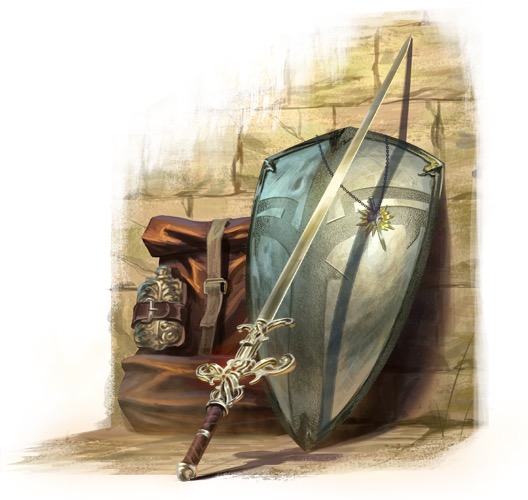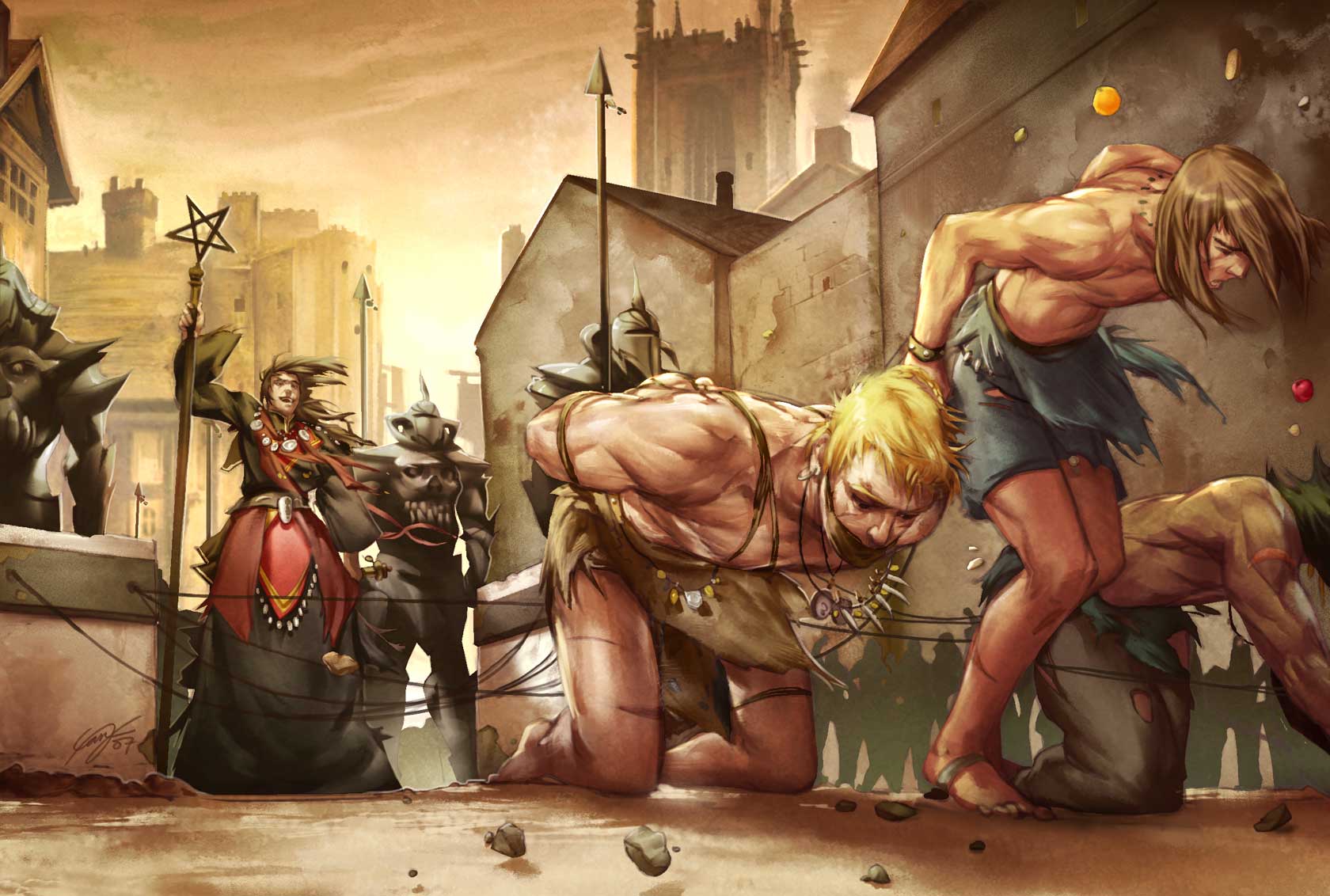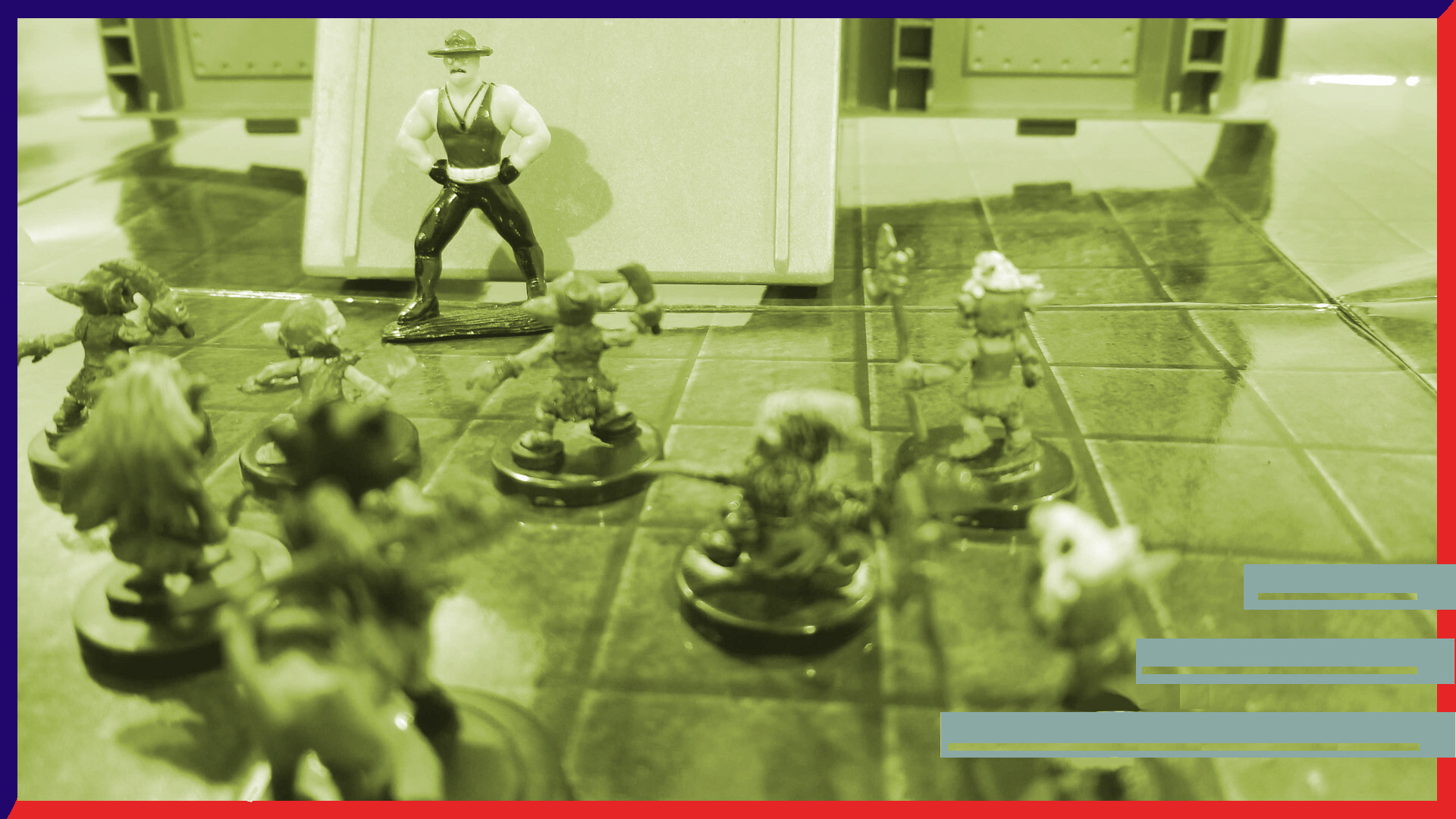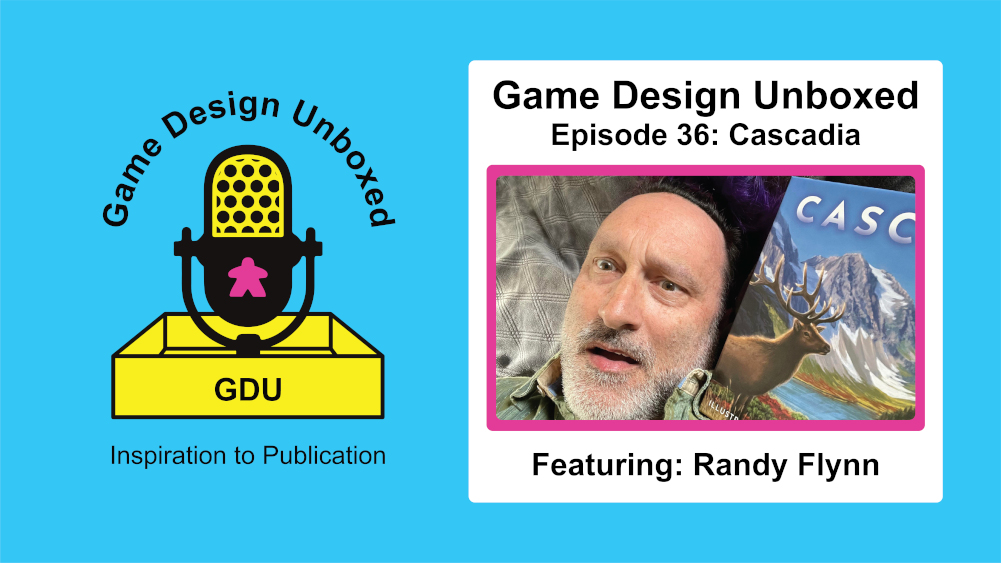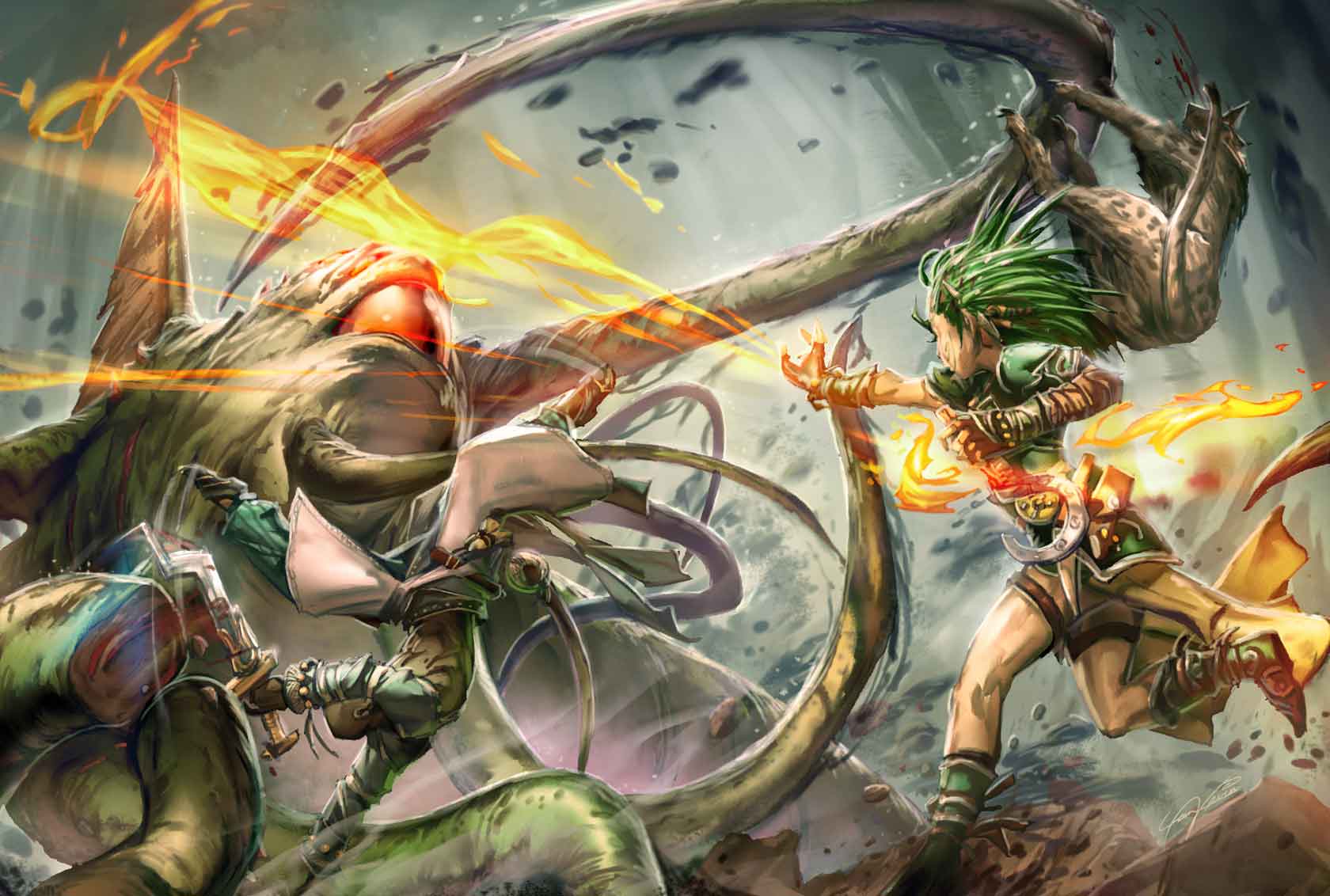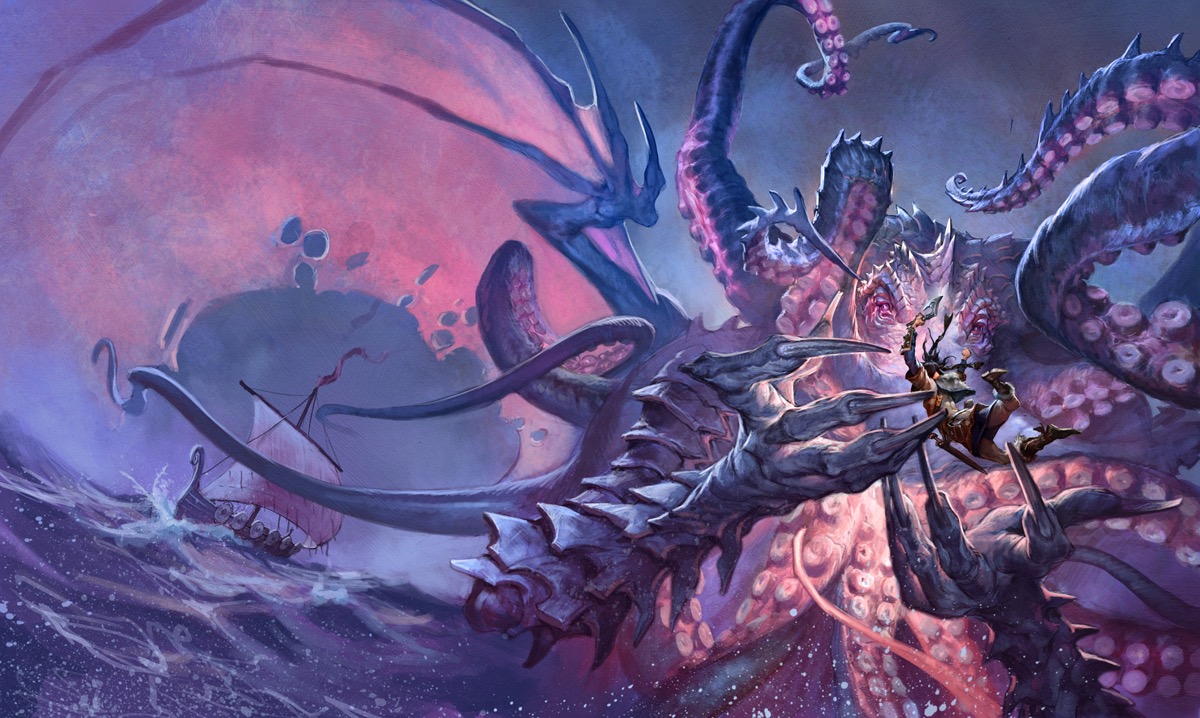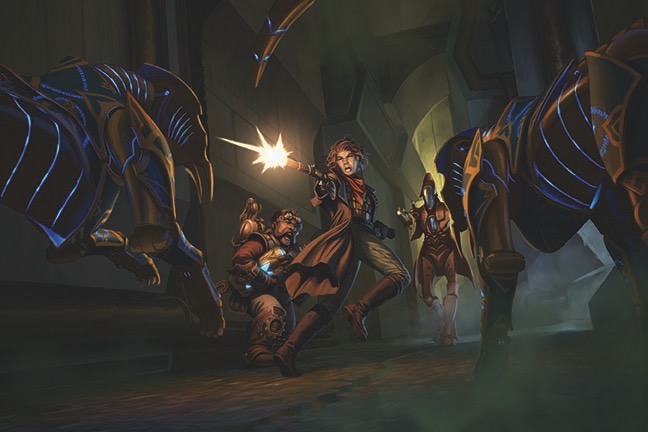Many things can be attributed to heroism. Bravery in the face of overwhelming odds, compassion for the people who cry out for a savior, and the conviction to see their quest through to the end. But beyond all of those things, a proper adventurer must be properly dressed for the occasion. Appropriately equipped to deal with any foe. Dare I say, they must be anointed in the grandest of the drip.
Hello and welcome to Eldritch Excursion, the blog that knows flavor is a flex based on how you look, but mechanics is a flex based on by what you wear. Today we’re going to turn back the clock and revisit the first edition of Pathfinder. Specifically, the phenomena known as the Big Six.
The Big What?
So, I’m going to assume we’re all familiar with the basic idea of magic items. Having a sword helps you kill a monster, having a supernaturally sharp sword wreathed in flames helps you depopulate a whole dungeon. With that in mind, the Big Six are a collection of six specific types of magic items. They are as follows: Magic weapon, magic armor (and shield), amulet of natural armor, cloak of resistance, ring of protection, and an ability score boosting item such as a headband or a belt.
See, Pathfinder has always been a numbers game. Second edition inherits it from first edition, which was spawned directly from Dungeons and Dragons third edition, and so on. And in these games, your ability to survive depends at least partially on how well you’ve equipped yourself to bridge the gap. In first edition, your armor class is limited to 10 plus your dexterity modifier, which can get as high as 5 if you’re really pushing the limits. And after a few levels, even an angsty Canadian teenager will be able to hit you on every single attack.
Unlike second edition, where your stats scale by level, you’ll need to obtain the majority of your progression as Abadar intended: aggressive capitalism. The armor, shield, amulet, and ring options mentioned above can range from a +1 to a +5 bonus each. Not only that, they’re all different types, so they all stack. Add that up and even the CEO of Canada will struggle to land a single blow against you. On a similar vibe, having the best cloak of resistance money can buy means the difference between laughing off enemy spells and knifing your friends to death in between bouts of puking yourself inside out.
Weapons fare slightly better, considering the majority of your bonus to attack comes from your level scaling and magic weapons can only go as high as a +5 to hit and damage. However, you have to remember that the magic weapon’s bonus to hit is that much more important when some of your best sources of damage come from feats that trade accuracy for hitting harder and more frequently. Between that and the fact that some monsters are absolute turds to deal with without magic gear, you’re going to want to be prepared.
The Big Problem
Now that you know what the Big Six is, try looking it up in your favorite search engine and you may notice some rather passionate discourse. Some very, very passionate discourse in great abundance across multiple forums.
The problem isn’t that the Big Six is a thing you can buy; the problem is that the Big Six is the thing you have to buy. You see, the previously mentioned items start off at super affordable +1 variants and top off at +5 near-priceless treasures. This means that you’re incentivized by the basic math of the game to invest in them as early as possible and dump the overwhelming majority of your income into upgrading them. There are some outliers and certain items that every character should consider, but those are what you can buy with leftover funds.
Did the GM put an interesting item in the monster’s treasure hoard that can let the party’s barbarian have thematic moments and rad transformations? Too bad, because Will saves and the ever-useful Perception skill are both tied to Wisdom so that flavorful loot is going to get sold to fund the next Cloak of Resistance upgrade.
And let’s not forget that some classes just scale really weird with this. Sure, fighters need all of those things and can just buy them, but a monk can’t even do that; their unarmed attacks require an amulet slot to enchant, which competes with their natural armor, putting them (and similar classes) in a no-win situation. On the other hand, druids can use spells to skip half of the progression for free with minimal assistance. It means that the GM will have to pay close attention to who’s playing what, or the PCs may end up punching noticeably above or below their weight class.
In fact, the term Big Six was originally coined by Andy Collins in an article written to address the issues above. While the original is lost to time, I managed to find an archive while surfing the intertubes.
The Big Twist
But what if I told you that the Big Six was actually a very good thing? What if I said that the problem with the Big Six was that people didn’t respect it?
As I said, Pathfinder has always been a numbers game. If you embrace the necessity and the inevitability of the Big Six, you begin to see it for what it really is: a system where gold is a second EXP track. After all, what are class levels if not bigger numbers? Is there really much of a difference between a level of barbarian that gets you +1 to attacks and an enchantment that gives you +1 to attacks? If you simply accept that your party should buy their Big Six items in the same way they should choose options that don’t actively hinder their character, the game is much smoother.
Of course, it isn’t perfect, but it can be fixed with solutions that are already apparent. Magical armor serves you best when you simply improve your armor class, but you can spend additional gold to make the armor extra stealthy or fireproof as well. Modifying other miscellaneous magic items to function in the same way can make it more manageable. Want to get your ranger a cloak of elvenkind but the resistance bonus to saves is too good to pass up? Simply convert the elven cloak into a type of enchantment that can be applied to their cloak of resistance, allowing the ranger to have their cake and live long enough to eat it too.
So long as you have this mindset and keep an eye on the party’s spending habits, you should be able to enjoy the game without stumbling over this often-misunderstood aspect of progression. And if you have your own takes about the Big Six, drop a comment to show me what’s for.
That’s it for now. Come back next time and I’ll teach you a recipe for a dish that tastes so good it’s actually illegal on most of Golarion.

